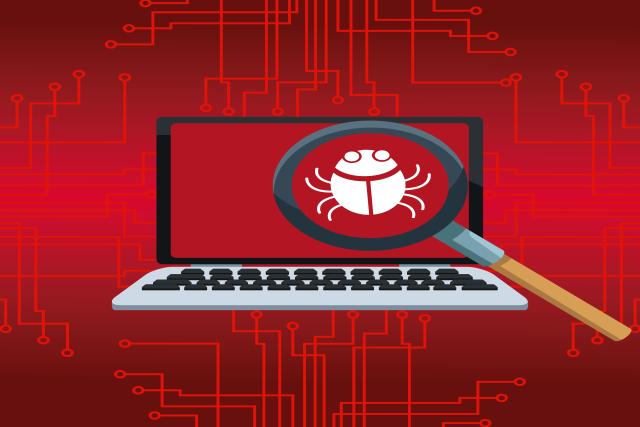
Integrating Endpoint Detection and Response (EDR) solutions will lead to strengthening an organization’s cybersecurity structure. It provides continuous detection, monitoring, and response to potential threats. Businesses might face various obstacles in adopting and deploying this solution successfully. To delve deep into the global Endpoint Detection and Response (EDR) industry kindly visit to Coherent Market Insights page.
Lack of Skilled Personnel for Endpoint Detection and Response (EDR) implementation
One of the major challenges faced by the organization is the shortage of skilled cybersecurity professionals. This technology is capable of effectively managing by leveraging Endpoint Detection and Response (EDR) tools. Endpoint Detection and Response (EDR) solutions also require specialized knowledge to deploy, interpret, and configure the large amount of data generated by them.
Solutions:
- Leverage Manage Security Service Providers: those organizations that lacks sufficient in-house expertise. MSSPs solution provide required support to Endpoint Detection and Response (EDR) deployments and monitoring.
- Investing in Training and Certification Programs: Businesses are now investing in training and certification programs for IT teams to build in-house expertise. Training ensure the team members to effectively implement, manage, and configure the solution.
High Endpoint Detection and Response (EDR) Solution Costs
Endpoint Detection and Response (EDR) is costly for small and mid-sized businesses. This cost not only include licensing and subscriptions but also includes expenses related to ongoing updates, personnel training, and maintenance.
Solutions:
- Conduct a cost-benefit analysis: it is used to access long-term benefits improve threat detection and reduce risk.
- Choose Scalable Solutions: Endpoint Detection and Response (EDR) solution providers provides a scalable pricing model. It allows businesses to pay based on the number of endpoints and volume of data that is being monitored.
Complex Endpoint Detection and Response (EDR) Deployment and Integration with Existing System
Integration of Endpoint Detection and Response (EDR) tools with the organization existing IT infrastructure and security system is difficult. Issues in legacy system and other cybersecurity solutions will lead to slow down the deployment process and restrict effectiveness.
Solution:
- Through Planning and testing: Before deploying, the organization should conduct an assessment of the existing IT environment and test Endpoint Detection and Response (EDR) It helps in a staging environment to identify potential integration challenges.
- Partner with Experienced Vendor: work with those Endpoint Detection and Response (EDR) vendors that works with the complex IT environments. Many provides offers an integration features that ensures compatibility with the existing system.
Managing the Overload of Alerts and Data
Endpoint Detection and Response (EDR) solutions will help in generating overwhelming amount of data and alerts. It will also help in sorting through the information and identifying actionable insights that are time consuming.
Solution:
- Adoption of AI and Machine Learning: Some EDR solution use artificial intelligence and machine learning algorithm to analyse patterns and reduce false positives.
- Implement Prioritization and Automation: set up the automated workflow that filer out low priority alerts and focus on the most critical issues.







